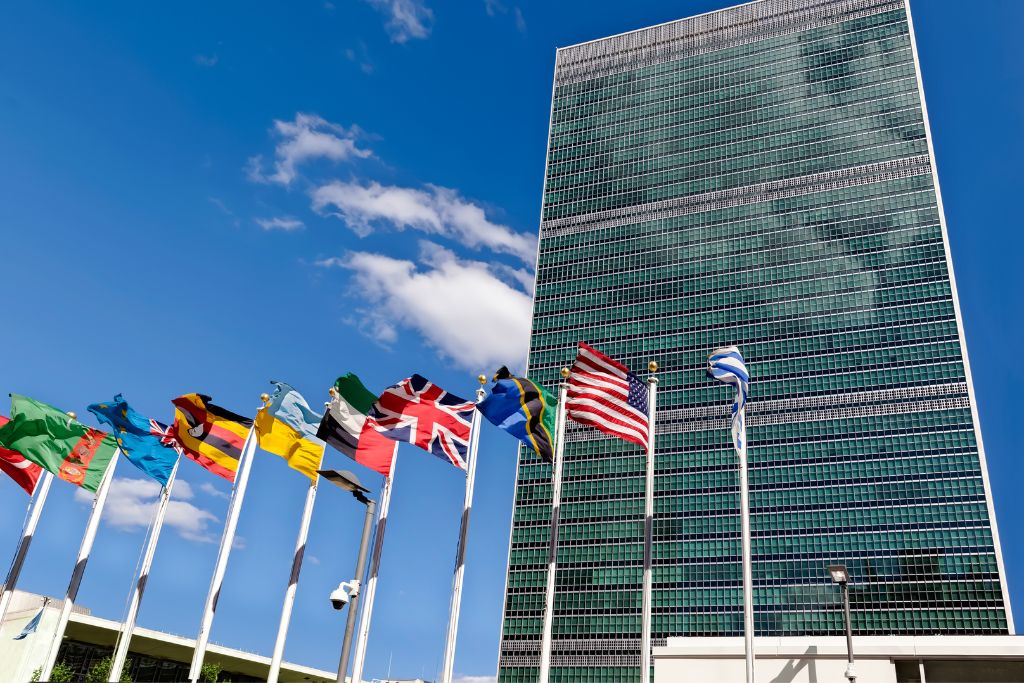New York, United States – Governments will meet at the United Nations HQ in New York this week to work on the UN Ocean Treaty, for the first time since it opened for signatures in September 2023. The meeting will focus on bringing the Treaty to life at sea, ahead of its entry into force which will happen once at least 60 countries have ratified the Treaty.
Delegates must make decisions to ensure the first “Ocean COP” (Conference of Parties), which must be held within one year of the Treaty’s entry into force, will be able to progress the first high seas ocean sanctuary proposals and keep the target of protecting 30 percent of the world’s oceans by 2030 on track.
Meg Randles, who is leading Greenpeace’s delegation in New York, said:“If governments really want to keep their promise to protect 30% of the world’s oceans by 2030, then they must make serious and significant progress this week in New York. This means leaving New York with a clear agreement on an ambitious program of work which will allow governments to hit the ground running when the Treaty enters into force in 2025 and deliver the protection at sea that our oceans so desperately need.”
Once the Global Ocean Treaty enters into force there will then be a series of Ocean COPs, where governments can deliver Marine Protected Areas on the high seas, eventually reaching the target of protecting 30% of the oceans by 2030. This target was agreed by all governments under the Convention on Biological Diversity in 2022.
So far seven countries have ratified the Global Ocean Treaty (Palau, Chile, Belize, Seychelles, Monaco, Mauritius, Federated States of Micronesia). Earlier this month, France and the United States of America declared support for the entry into force of the treaty before the next UN Ocean Conference in Nice, June 2025.
The High Seas are home to millions of species and ecosystems, but less than 1% are fully protected. They are under increasing pressure from a range of threats, including industrial fishing, pollution and the emerging deep sea mining industry. To protect 30% of the oceans by 2030, we must protect more than 11 million km² of ocean every year. Greenpeace urges all governments to urgently ratify the Treaty.



